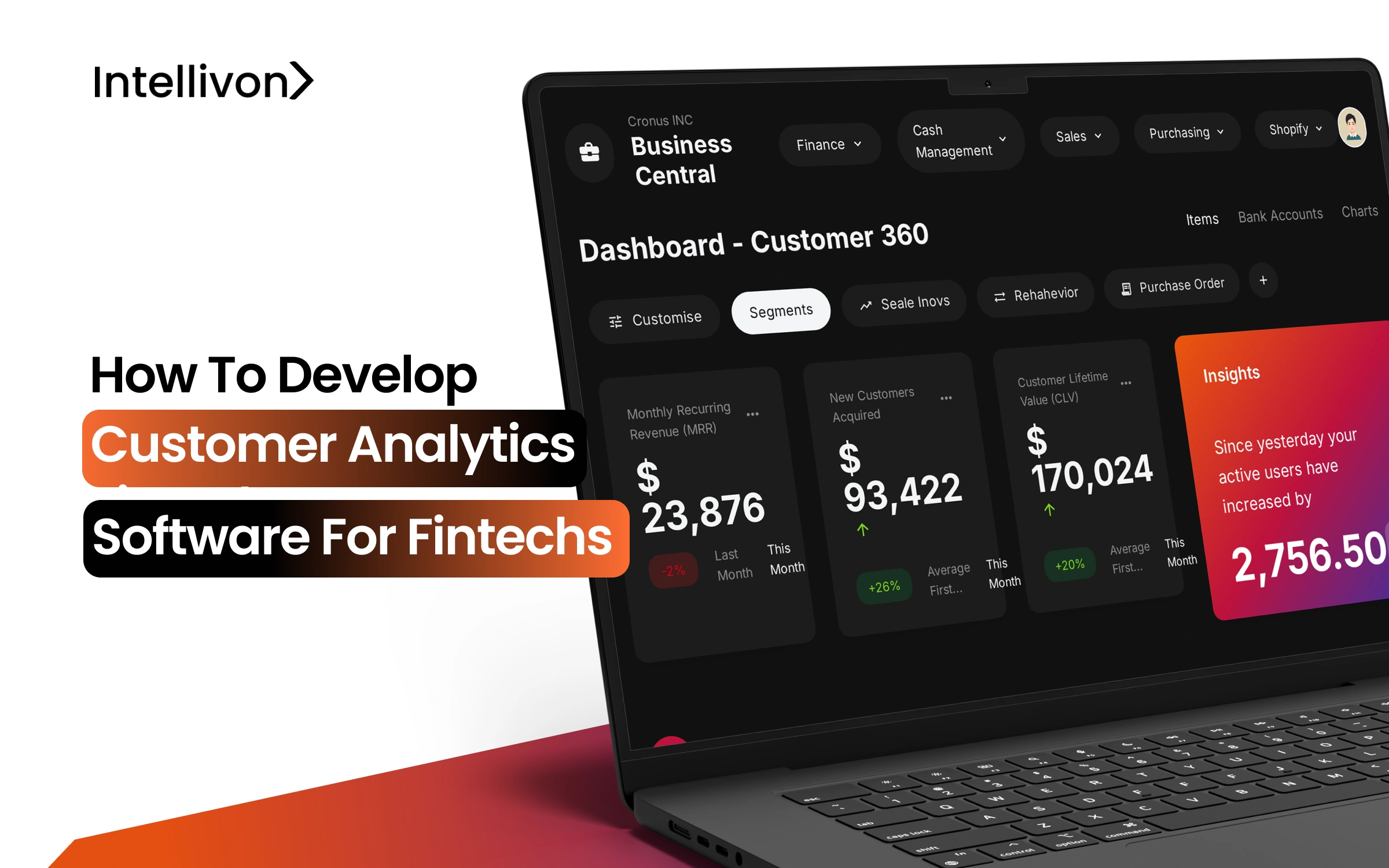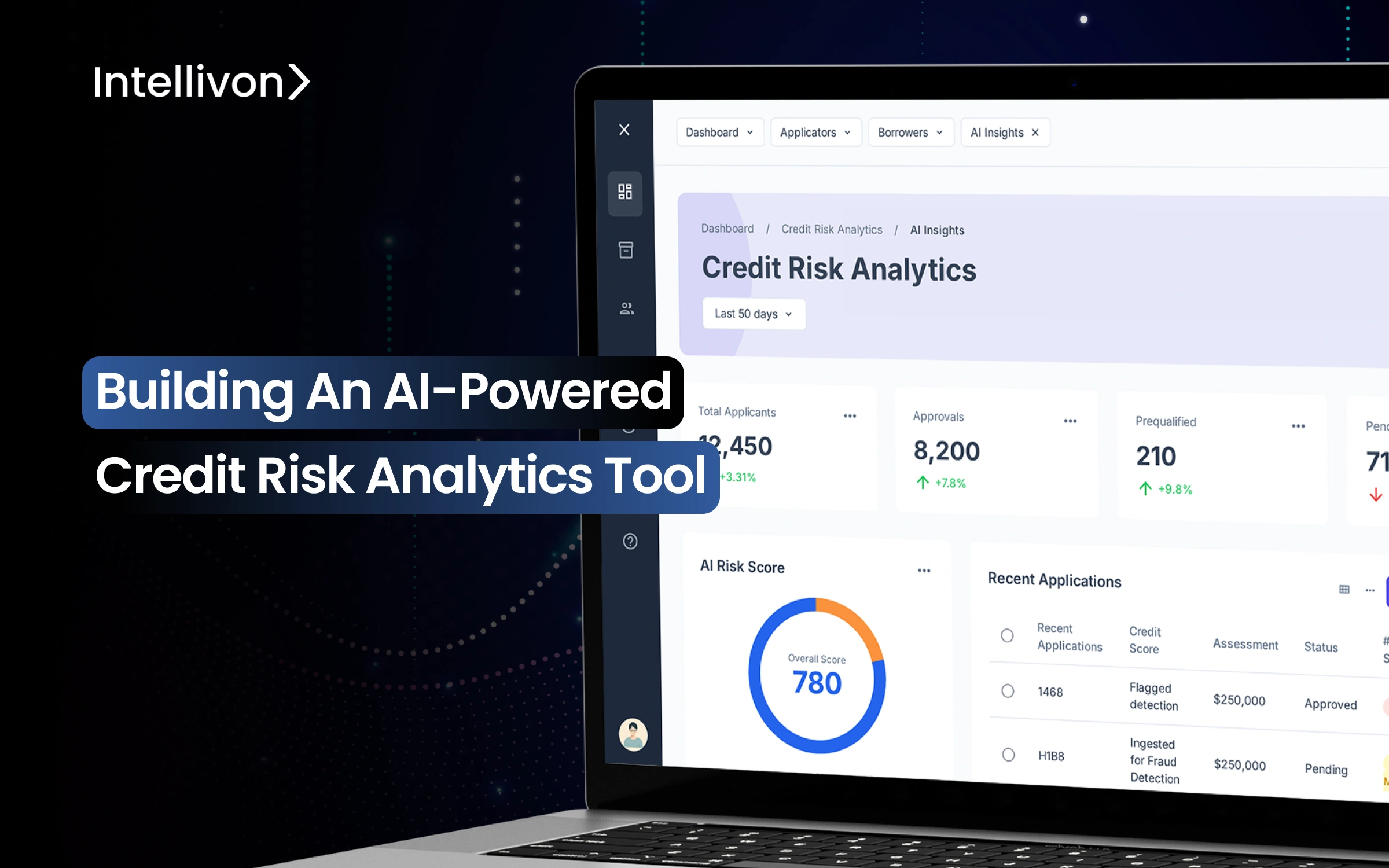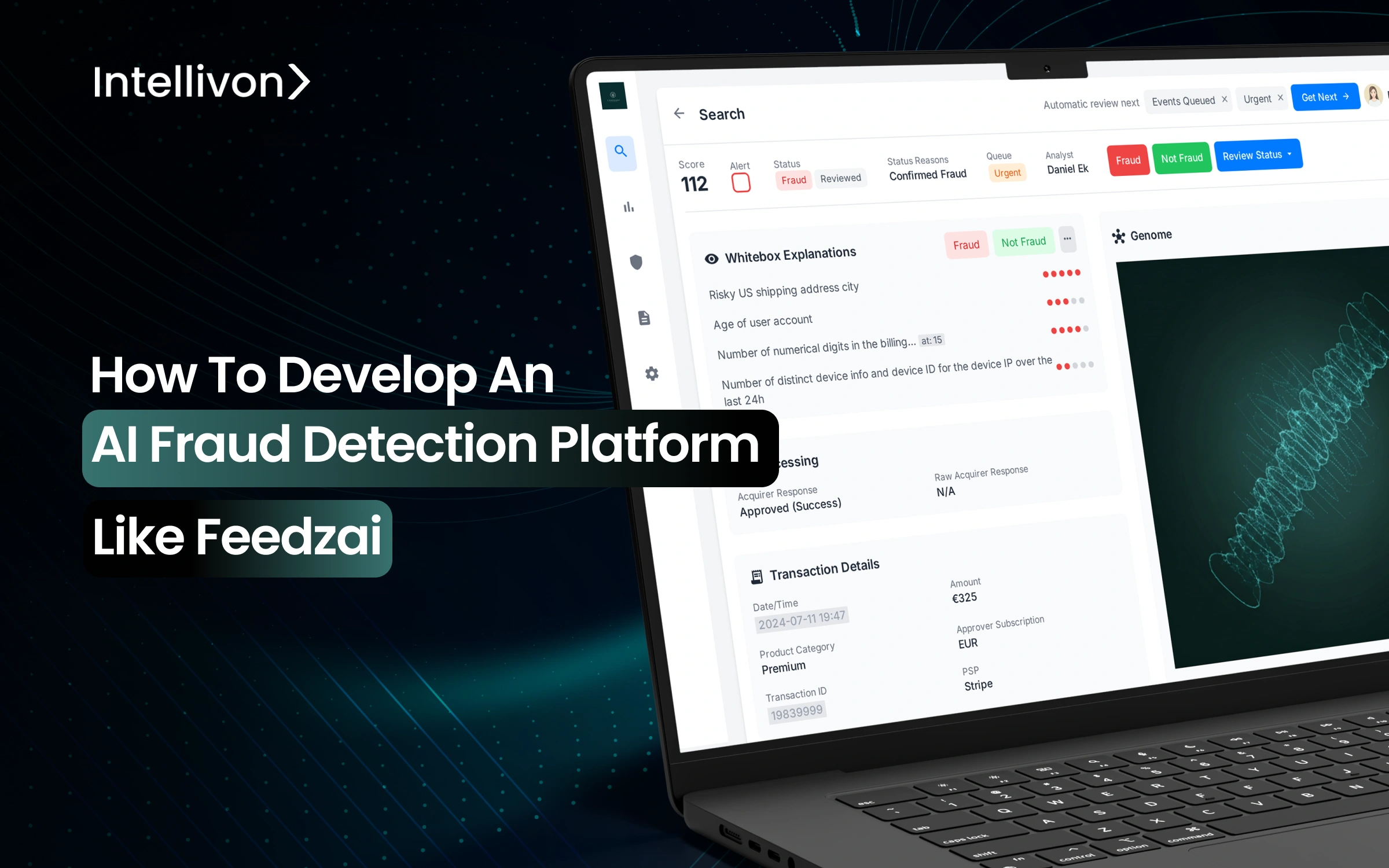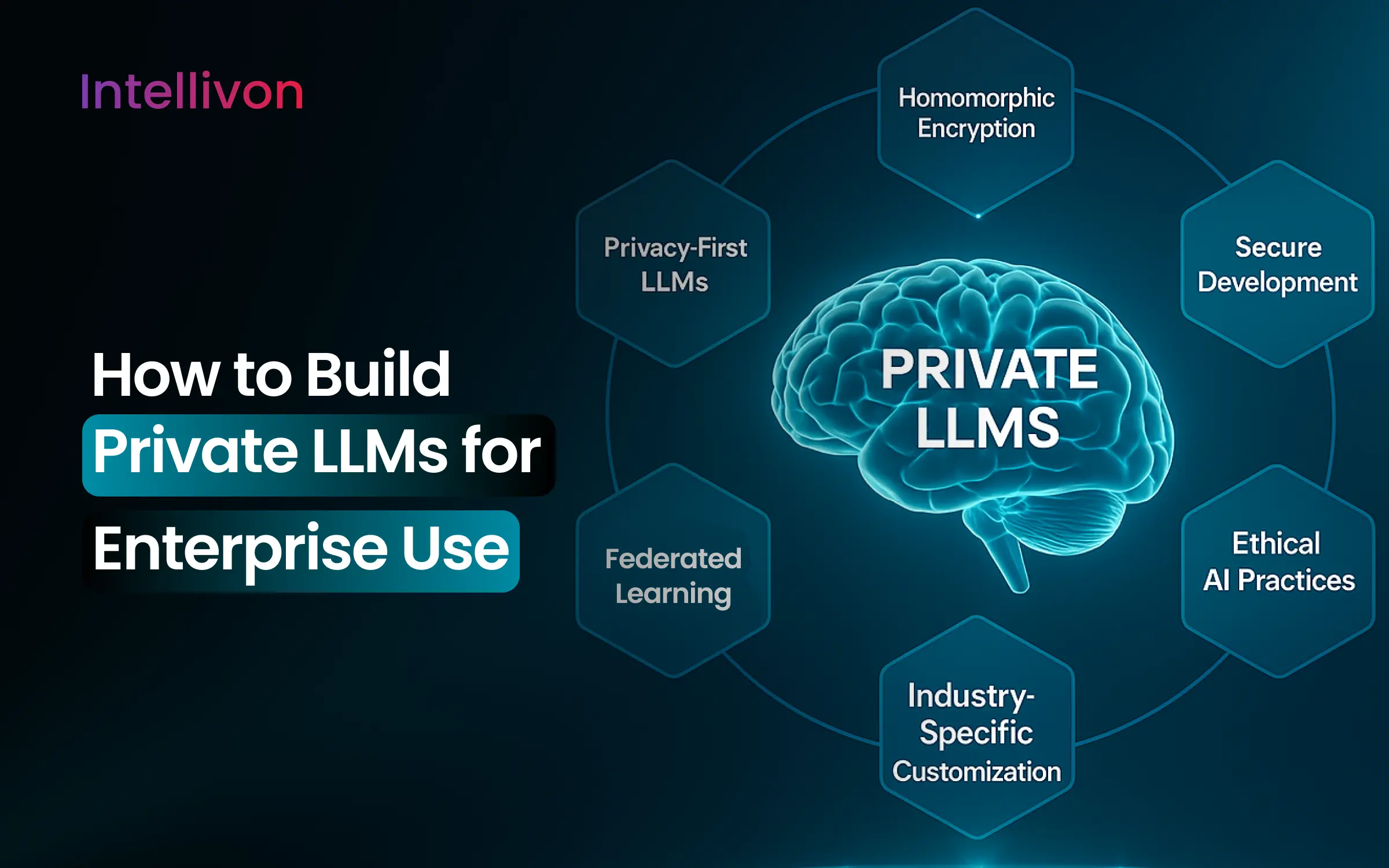How AI Can Help Assess Risk Management for Enterprise
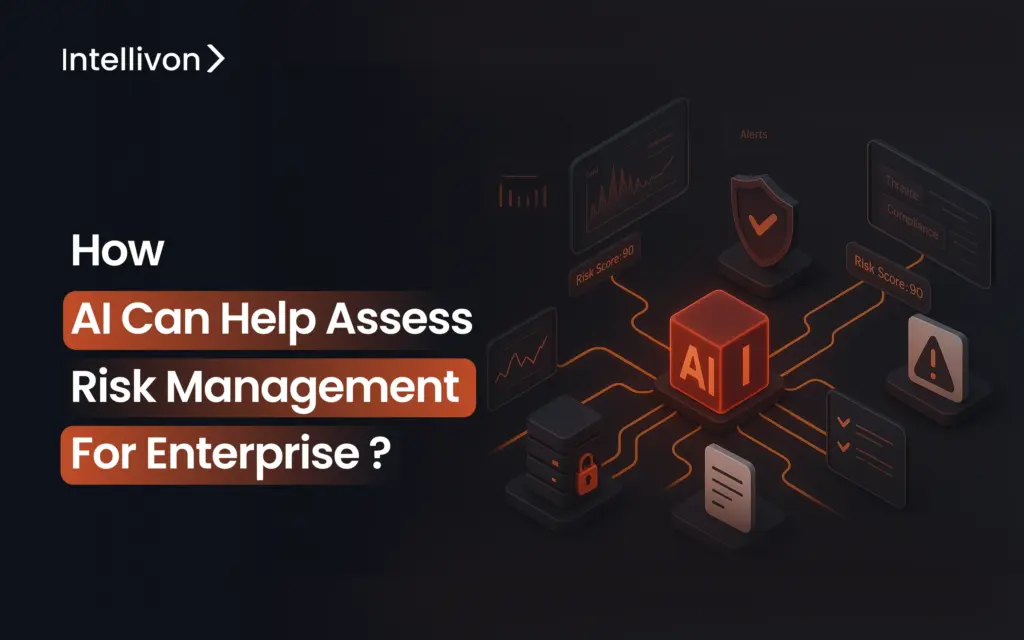
Risk management is no longer an option for enterprises to upgrade. Enterprise risk management, or ERM, in the modern data-driven space has crossed over the boundaries of finance to include operations, strategies, and reputation management. Moreover, the risk landscape can change within hours these days, which took months in the past. If a risk is not detected in time, it can lead to an unimagined crisis. Take, for instance, Southwest Airlines reported that the December 2022 systems failure cost the company approximately $800 million in the fourth quarter, which led to a net Q4 loss of $220 million. Risk managers said that had they employed predictive analytics, they could have avoided this blunder. Overall enterprise AI adoption rose from 54% in 2023 to 64% in 2024 and will continue to skyrocket as more enterprises integrate AI-powered ERM systems, which are proactive rather than reactive. If modern risks demand modern AI ERMs, why does your risk team still fight tomorrow’s threats with yesterday’s tools? In this blog, we will cover why AI-powered ERM’s outperform traditional approaches, how AI transforms ERM, key ERM-based AI tech stack, our framework for managing ERM, and some challenges to overcome. At Intellivon, we take into consideration the unique challenges your enterprise faces and align your KPIs to generate custom AI-based risk management solutions. Why Leading Enterprises Are Using AI in Risk Management The Enterprise Risk Management (ERM) market is expected to grow significantly, from USD 5.93 billion in 2025 to USD 9.36 billion by 2034. According to the Market Research Future report, this growth reflects a steady annual increase of 5.20% during the forecast period. As more and more enterprises are using AI to guide their risk management strategies, take a look at these staggering numbers: By 2024, 64% of enterprises will have adopted AI, up from 54% in 2023, with many incorporating it into risk management. In financial services, 76% of executives prioritize AI for fraud detection and prevention, and 68% focus on it for compliance and risk management. 88% of global organizations are actively measuring the value of AI adoption, focusing on ROI and impact. 98% of CEOs believe AI in risk management will bring immediate business benefits, improving decision-making and risk mitigation. AI is reshaping risk management frameworks, making them stronger and more proactive. Instead of merely reacting to crises, businesses can now predict potential risks, stop them from escalating, and make informed decisions that protect both their operations and reputation. The ability to anticipate risks is already giving organizations a competitive advantage as they move into 2025. Limitations of Traditional Risk Management Approaches In an era where data is vast and threats are more unpredictable, relying on outdated processes and rigid models leaves enterprises vulnerable to unforeseen risks. The limitations of traditional methods are becoming more apparent, exposing enterprises to the risk of blind spots, misallocated resources, and slow reactions to emerging challenges. 1. Manual Processes Create Gaps in Risk Management Traditional risk management often relies on time-consuming manual processes and periodic assessments. Typically conducted quarterly or annually, these reviews leave businesses exposed to fast-moving threats that may evolve between evaluations. Risk managers must spend considerable time compiling data and generating reports, which means real-time risks can be missed, leaving gaps in the overall risk assessment. 2. Subjective Judgment Introduces Bias Human biases can significantly skew risk assessments. Decision-makers may unintentionally prioritize risks they are most familiar with or that are more easily identifiable, while neglecting newer or less obvious threats. Cognitive biases like anchoring or availability heuristic can lead to improper risk allocations, leaving businesses vulnerable to underestimating potential dangers and misdirecting valuable resources. 3. Fragmented Information Sources In many organizations, data is trapped in various silos across departments, making it difficult to get a comprehensive view of risks. Financial data, operational metrics, and compliance information often remain isolated, and risk managers struggle to piece together seemingly unrelated data points that could indicate systemic threats. This lack of connectivity hinders the ability to see the bigger picture and respond appropriately. 4. Processing Capacity Limitations The sheer volume of data generated by modern enterprises is overwhelming. Traditional risk management systems are ill-equipped to handle this immense flow of information. They struggle to process and analyze data fast enough to detect patterns, correlations, or emerging risks in time to prevent damage. As a result, organizations can miss out on key insights that might have allowed them to respond proactively. 5. Unstructured Data Blindness Traditional risk management systems also fail to analyze unstructured data effectively. Much of the most valuable risk-relevant information resides in emails, social media, news articles, and regulatory filings, formats that conventional tools cannot process. Without the ability to capture and analyze these data sources, risk managers risk missing early warning signs that could help prevent or mitigate damage. 6. Crisis Response vs. Prevention While traditional risk management excels at responding to crises once they have materialized, it falls short when it comes to proactive prevention. By the time risks show up on conventional dashboards, the damage is often already done, and options for mitigation are limited. This reactive approach leaves businesses vulnerable to escalating threats that could have been avoided with earlier intervention. 7. Backward-Looking Analytics Many traditional risk models rely on historical data to predict future risks. However, this backward-looking approach fails to account for unpredictable, unprecedented events, such as cyberattacks or supply chain disruptions, that do not follow past patterns. Relying solely on historical data models leaves organizations unprepared for the unique challenges posed by rapidly changing environments. How AI Transforms Enterprise Risk Management AI is revolutionizing the way businesses approach risk management. By integrating cutting-edge technology, companies can move beyond reactive strategies and develop proactive, data-driven approaches to mitigate potential risks. This transformation is reshaping traditional risk management methods, empowering organizations to anticipate threats and respond strategically. 1. Predictive Analytics Replaces Reactive Firefighting AI shifts risk management from responding to crises to preventing them. Through machine learning algorithms, AI analyzes historical patterns, market trends, and operational

